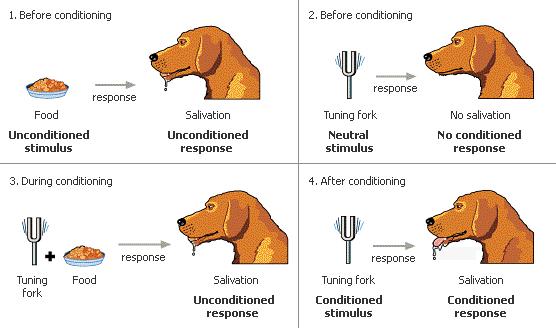Being an avid listener of music, I always wondered if the mood changing quality of music can be put to profitable use. My friend Pierre, who is one of the best music directors I know, is also a Sauder student who has explored this curious statement in his blog. His blog is dedicated to marketing and its inseparable ties with music. Specifically, his blog “Music and its effect on consumers” caught my attention. In this blog post he introduces the topic of Classical conditioning and explains to us why or how music tends to affect consumers. He illustrates this by taking us through an experiment conducted by Gorn. I want to emphasize that music is being used to sway consumers in more ways than we can consciously recollect. To achieve this goal I will be enumerating more contemporary situations where this ability of music is being used to churn sales.
For starters, It is used in-stores to sway our buying patterns. More specific places where we can actually observe how music can translate into sales are restaurants and coffee shops. Factors that need to be observed to gain an understanding of what is the “expected” result of the music being played are: the decibels (loudness), the tempo of the music, the genre and the bpm (beats per minute). Observing these elements can allow you to predict the pricing strategy the management is employing.
Fast paced, loud music means the management prefers that you remain upbeat and eat to get going. This means they concentrate on creating more number of sales, hence a sales orientation is implied. If the music is low, calming and soothing it would mean that the management prefers you relax and enjoy your meal, perhaps lounge there for a bit and order an extra treat for yourself. Here the focus is enjoying and relishing the product, presumably a quality product, which is bound by a profit orientation or maybe even a value based strategy.
The principles on which these tactics work is best described as classical conditioning, but the only modification that occurs here is that the clever marketing strategists determine what music has what effect on their target market, once the desired state is reached they present their product as the most conveniently available option. In essence, they don’t necessarily “condition us” to becoming hungry when the tuning fork is struck, they wait for that to happen, then they just ring the tuning fork and present their tempting pastries. Thus disguising music as a perfect sales catalyst.
Heres the Diagram Pierre uses, I am using it to illustrate the tuning fork metaphor I use in my concluding statement.

Tags: No Comments

0 responses so far ↓
There are no comments yet...Kick things off by filling out the form below.